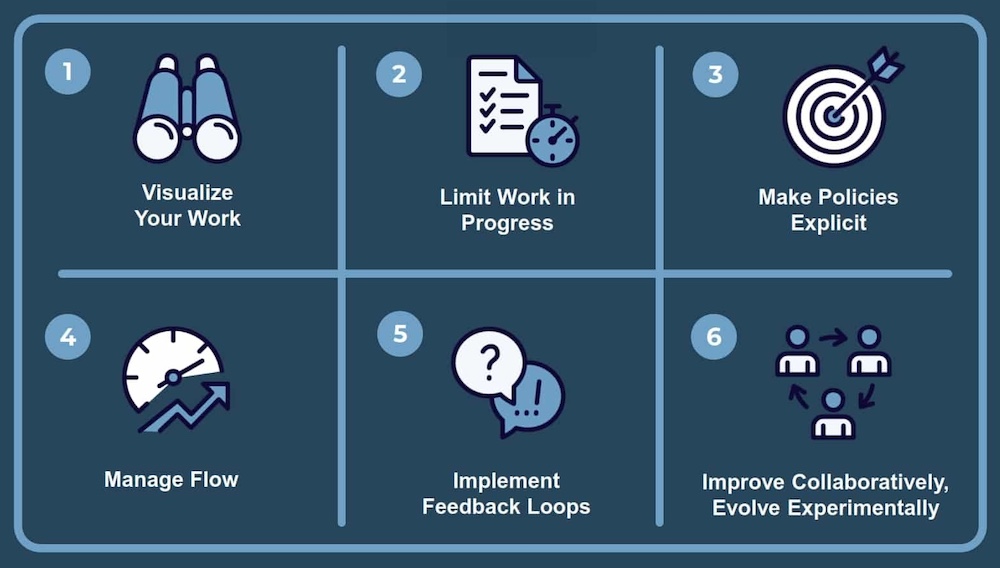YOLO训练集版本更新速递:了解最新训练集格式与规范
发布时间: 2024-08-17 05:41:15 阅读量: 33 订阅数: 22 


快递包裹YOLO训练数据集

# 1. YOLO训练集版本更新概览
YOLO(You Only Look Once)是一种先进的目标检测算法,其训练集的质量对模型性能至关重要。随着YOLO算法的不断发展,其训练集也经历了多次更新,以满足不断增长的检测需求。
本篇文章将重点介绍YOLO训练集的最新版本更新,包括新训练集格式、规范解读和对模型性能的影响。通过对这些更新的深入分析,读者将能够了解YOLO训练集的演进趋势,并为自己的目标检测项目选择合适的训练集。
# 2. 新训练集格式详解
### 2.1 数据集结构
#### 2.1.1 文件组织方式
新训练集采用分层文件组织方式,具体如下:
```
├── train
│ ├── images
│ │ ├── image1.jpg
│ │ ├── image2.jpg
│ │ ├── ...
│ ├── labels
│ │ ├── image1.txt
│ │ ├── image2.txt
│ │ ├── ...
├── val
│ ├── images
│ │ ├── image1.jpg
│ │ ├── image2.jpg
│ │ ├── ...
│ ├── labels
│ │ ├── image1.txt
│ │ ├── image2.txt
│ │ ├── ...
```
其中,`train`和`val`分别代表训练集和验证集。`images`文件夹存储图像文件,`labels`文件夹存储标注文件。
#### 2.1.2 标注文件格式
标注文件采用YOLOv5的标注格式,每行包含以下信息:
```
<class_id> <x_center> <y_center> <width> <height>
```
其中:
* `<class_id>`:目标类别ID
* `<x_center>`:目标中心点在图像中的x坐标,归一化到[0, 1]
* `<y_center>`:目标中心点在图像中的y坐标,归一化到[0, 1]
* `<width>`:目标的宽度,归一化到[0, 1]
* `<height>`:目标的高度,归一化到[0, 1]
### 2.2 数据增强策略
#### 2.2.1 翻转和旋转
翻转和旋转可以增加数据集的多样性,防止模型过拟合。
```python
import cv2
import numpy as np
# 水平翻转
def horizontal_flip(image, label):
image = cv2.flip(image, 1)
for i in range(len(label)):
label[i][1] = 1 - label[i][1]
return image, label
# 垂直翻转
def vertical_flip(image, label):
image = cv2.flip(image, 0)
for i in range(len(label)):
label[i][2] = 1 - label[i][2]
return image, label
# 随机旋转
def random_rotate(image, label, angle_range=(-30, 30)):
angle = np.random.uniform(angle_range[0], angle_range[1])
image = cv2.rotate(image, cv2.ROTATE_90_CLOCKWISE, angle)
for i in range(len(label)):
x_center, y_center, width, height = label[i][1:]
x_center = (x_center * np.cos(angle) - y_center * np.sin(angle)) / np.cos(angle)
y_center = (x_center * np.sin(angle) + y_center * np.cos(angle)) / np.cos(angle)
label[i][1:] = [x_center, y_center, width, height]
return image, label
```
#### 2.2.2 裁剪和缩放
裁剪和缩放可以改变图像的大小和比例,增加模型对不同尺寸目标的鲁棒性。
```python
import cv2
import numpy as np
# 随机裁剪
def random_crop(image, label, crop_size=(416, 416)):
h, w, _ = image.shape
x = np.random.randint(0, w - crop_size[0])
y = np.random.randint(0, h - crop_size[1])
image = image[y:y+crop_size[1], x:x+crop_size[0]]
for i in range(len(label)):
x_center, y_center, width, height = label[i][1:]
x_center = (x_center - x) / crop_size[0]
y_center = (y_center - y) / crop_size[1]
width = width / crop_size[0]
height = height / crop_size[1]
label[i][1:] = [x_center, y_center, width, height]
return image, label
# 随机缩放
def random_scale(image, label, scale_range=(0.5, 1.5)):
scale = np.random.uniform(scale_range[0], scale_range[1])
image = cv2.resize(image, (int(image.shape[1] * scale), int(image.shape[0] * scale)))
for i in range(len(label)):
x_center, y_center, width, height = label[i][1:]
x_center = x_center * scale
y_center = y_center * scale
width = width * scale
height = height * scale
label[i][1:] = [x_center, y_center, width, height]
return image, label
```
#### 2.2.3 颜色抖动和马赛克
颜色抖动和马赛克可以增强图像的鲁棒性,防止模型对特定颜色或纹理过拟合。
```python
import cv2
import numpy as np
# 颜色抖动
def color_jitter(image, brightness=0.5, contrast=0.5, saturation=0.5, hue=0.5):
image = cv2.cvtColor(image, cv2.COLOR_BGR2HSV)
```
0
0





